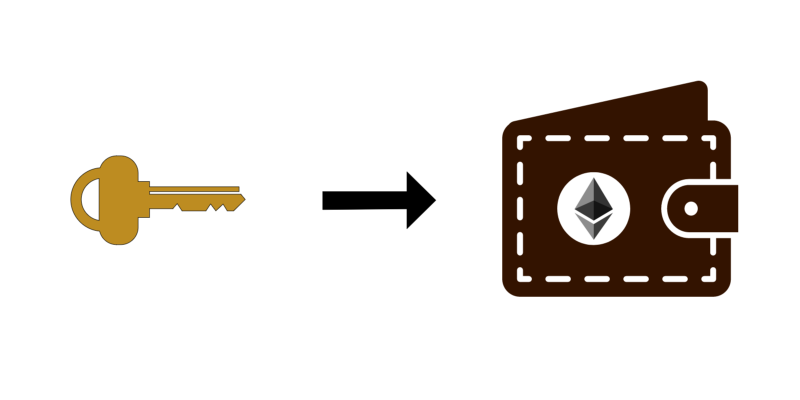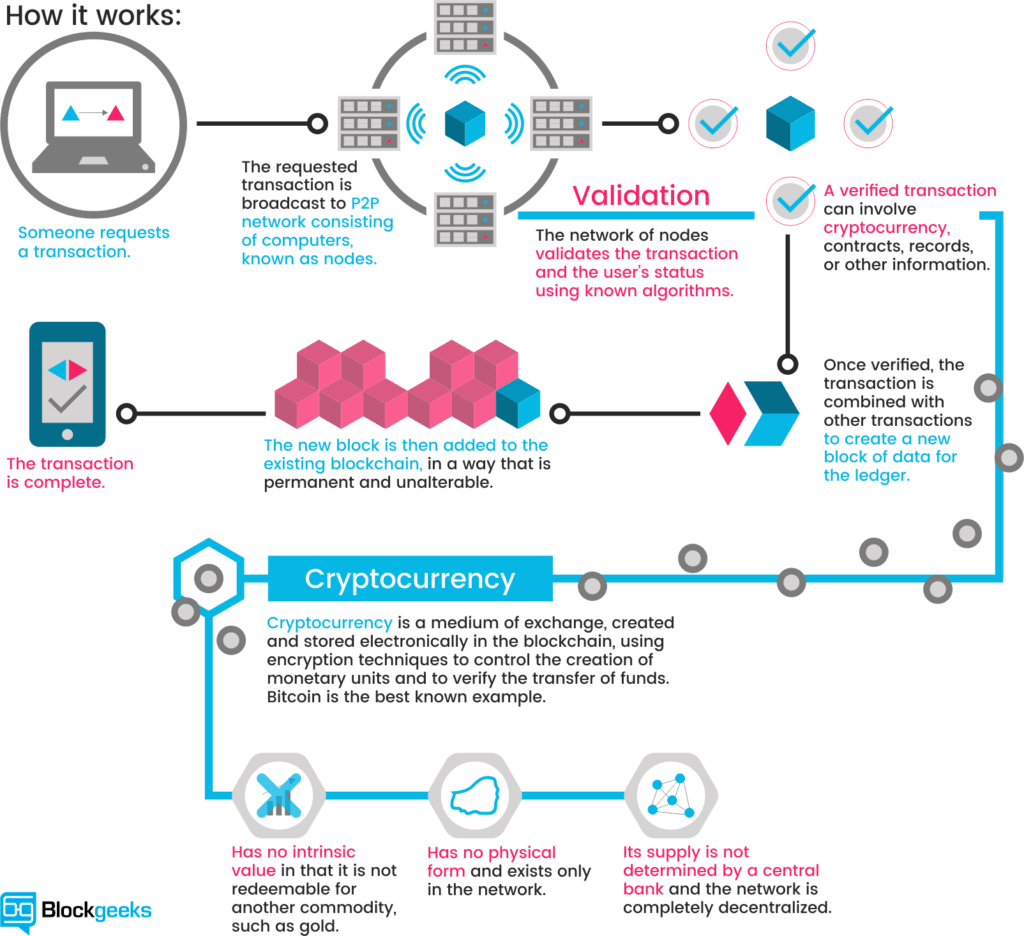Ethereum Wallet Address Format Explained Clearly
Ethereum wallet address format is a pivotal element of the blockchain ecosystem, serving as the digital identifier for transactions within the Ethereum network. This unique format ensures that users can send and receive Ether securely and accurately. Understanding the structure and significance of wallet addresses is essential for anyone looking to navigate the world of cryptocurrencies with confidence and ease.
In this discussion, we will explore the intricacies of Ethereum wallet addresses, including their components, differences between types, generation methods, and best practices for management. With this knowledge, you’ll be better equipped to engage in the dynamic landscape of Ethereum transactions and smart contracts, enhancing your overall experience in this ever-evolving digital realm.
Understanding Ethereum Wallet Address Format
Ethereum wallet addresses are critical components of the Ethereum ecosystem, serving as unique identifiers for users in transactions and smart contracts. Understanding the structure and components of an Ethereum wallet address is essential for anyone looking to engage with the Ethereum blockchain.The structure of an Ethereum wallet address consists of 42 characters, beginning with the prefix ‘0x’, followed by 40 hexadecimal characters (numbers 0-9 and letters a-f).
For example, a valid Ethereum wallet address looks like this: `0x32Be3435E3f44cA839526bB97c4b8E4b57f0D8E9`. This format ensures that each address is unique and easily recognizable by the Ethereum network. The prefix ‘0x’ is significant as it indicates that the address is in hexadecimal format, which is essential for compatibility within the Ethereum ecosystem.
Types of Ethereum Wallet Addresses
There are primarily two types of Ethereum wallet addresses: legacy and modern wallet addresses. Legacy addresses are the original format, which consists of a simple hexadecimal structure. In contrast, modern wallet addresses include checksummed addresses that enhance security by preventing typos.The various formats of Ethereum wallet addresses can be classified as follows:
- Legacy Addresses: These addresses are purely hexadecimal and do not contain any checksums.
- Checksummed Addresses: This format includes a mix of uppercase and lowercase letters, which provides a checksum that helps in error detection.
- Hexadecimal Addresses: This is the standard format used in programming that utilizes 0-9 and a-f characters.
When considering security, checksummed addresses are more secure compared to legacy addresses because they reduce the chance of erroneous entries, potentially safeguarding funds from being sent to the wrong address.
Generating Ethereum Wallet Addresses
Creating a new Ethereum wallet address is a straightforward process that can be accomplished using various tools and software. The generation process typically involves the creation of a private key, which is then used to derive the corresponding wallet address. The software and tools needed for generating wallet addresses include Ethereum clients like Geth, online wallets, or dedicated wallet applications.
Here’s a step-by-step guide on how to generate a wallet address using command-line tools:
- Install an Ethereum client like Geth on your computer.
- Open your command line interface and run the Geth client.
- Generate a new account using the command: `personal.newAccount(“yourPassword”)`.
- Once created, Geth will display your new wallet address, which starts with ‘0x’.
This process ensures that users can easily create and manage their Ethereum wallet addresses securely.
Validating Ethereum Wallet Addresses

Validating an Ethereum wallet address is crucial to ensure that transactions are sent to the correct recipient. There are several methods to verify the validity of an Ethereum wallet address. Common methods include:
- Using online Ethereum address validators, which check the format of the address.
- Manually verifying the address format, ensuring it starts with ‘0x’ and contains 40 hexadecimal characters.
- Utilizing checksum validation, which checks for inaccuracies in the address.
Common errors to avoid when entering wallet addresses include:
- Omitting the ‘0x’ prefix.
- Using incorrect casing in checksummed addresses.
- Accidentally including spaces or invalid characters.
Checksum validation plays a vital role in preventing these errors, as it adds an additional layer of security when entering wallet addresses.
Managing Ethereum Wallet Addresses

Storing and managing Ethereum wallet addresses securely is essential for protecting your assets. Best practices for managing wallet addresses include:
- Keeping your private keys secure and never sharing them.
- Utilizing hardware wallets for enhanced security.
- Regularly updating software to the latest versions to mitigate vulnerabilities.
Backing up wallet addresses effectively is crucial. Strategies for backing up include:
- Writing down the wallet address and private key on physical paper and storing it in a safe place.
- Using encrypted digital backups stored on secure cloud services.
In case of loss, recovering wallet addresses often involves restoring from backups or using recovery phrases that were generated when the wallet was created.
Common Use Cases for Ethereum Wallet Addresses
Ethereum wallet addresses have a variety of applications in the blockchain ecosystem. They are primarily used for transactions, where users send and receive Ether and tokens. Additionally, wallet addresses play a significant role in smart contracts, which are self-executing contracts with the terms of the agreement directly written into code.Examples of wallet address usage in transactions include:
- Sending Ether from one wallet to another.
- Interacting with decentralized applications (dApps) that require wallet connections.
Trends in usage indicate a growing reliance on Ethereum wallet addresses within dApps, facilitating user interactions in finance, gaming, and other sectors.
Future Trends in Ethereum Wallet Address Formats

The future of Ethereum wallet address formats may see potential changes, especially with upcoming Ethereum updates aimed at enhancing scalability and user experience. As blockchain technology advances, there is a likelihood of new address formats that could simplify transactions.Speculative analysis suggests that:
- New address formats could integrate more user-friendly features.
- Improvements in security measures could lead to more complex address structures.
- Interoperability between different blockchain networks may influence Ethereum address formats.
These developments aim to provide a more robust and user-friendly experience for Ethereum users in the evolving digital landscape.
Concluding Remarks
In summary, the Ethereum wallet address format plays a crucial role in ensuring secure and efficient transactions on the blockchain. By understanding its structure, types, and management practices, users can navigate the complexities of Ethereum with greater assurance. As technology continues to evolve, staying informed about potential changes in wallet address formats will be essential for adapting to the future of cryptocurrency transactions.
FAQ Resource
What is the purpose of the ‘0x’ prefix?
The ‘0x’ prefix indicates that the address is in hexadecimal format, a standard for representing Ethereum wallet addresses.
Can Ethereum wallet addresses be changed?
No, once generated, an Ethereum wallet address cannot be changed. However, users can create new addresses as needed.
Are Ethereum wallet addresses case-sensitive?
Yes, some Ethereum addresses use checksums that make them case-sensitive, which helps prevent errors while entering the address.
How can I securely store my Ethereum wallet address?
Best practices include using hardware wallets, writing down addresses in a secure location, and avoiding storing them online.
What should I do if I lose my wallet address?
If you lose access to your wallet address, recovery may be possible if you have backups or recovery phrases associated with your wallet.

.jpg)





